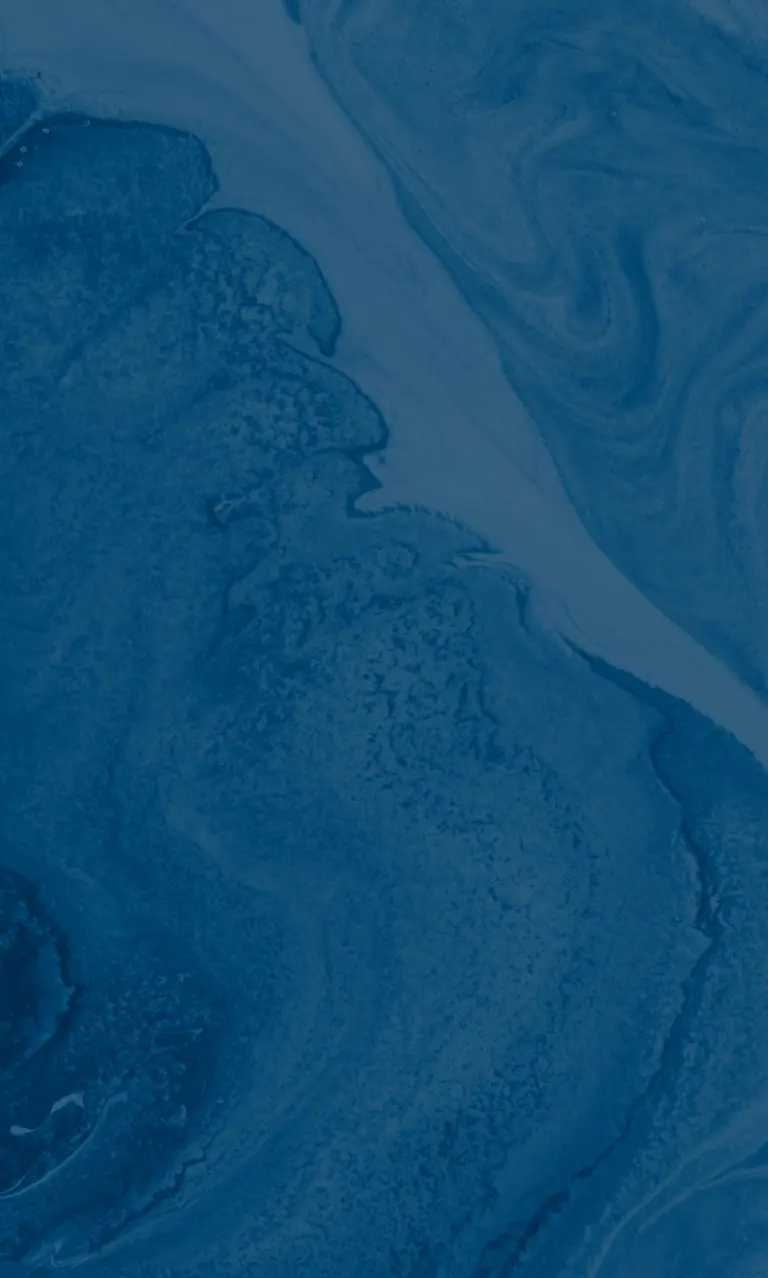PERLE 2 Innovative method of flat oyster selection for Ostrea edulis to help re-establish the species
Following the study of the ecology of the flat oyster in Brest Bay and Bourgneuf Bay (second phase of the PERLE programme), the major challenge now is to identify populations of interest for repopulation initiatives. Detailed knowledge of the interactions between the flat oyster and its environment continues to be crucial for restoring the natural oyster beds.
Despite the relatively low density of sites surveyed to date in Brest Bay, the flat oysters continue to exhibit significant genetic diversity. This information, which is essential for any consideration of the next step prior to reintroducing individuals into this habitat, confirms that any future action must promote a qualitative rather than quantitative improvement in the population or any increase in the stock.
Encouraging examples of selection based on disease resistance exist among the bivalve molluscs. Selecting families exhibiting characteristics of resilience would appear a valuable route to pursue but it must follow a selection plan that is in line with the principles of species and habitat restoration in open environments.
As part of PERLE II, an experimental technical tool will be put in place to enable the reproduction and crossbreeding of flat oysters of interest. Using wild populations and families produced during PERLE, oysters will be paired to trigger the release of larvae using in vivo reproduction.Partners
Centres de recherche
- Station Biologique de Roscoff, Roscoff
- Agrocampus Ouest - site de Begmeil
Entreprise
- Comité Régional Conchylicole de Bretagne Nord, Morlaix [Porteur de projet]
Funders
- Fonds Européen pour les Affaires Maritimes et la Pêche (FEAMP)
